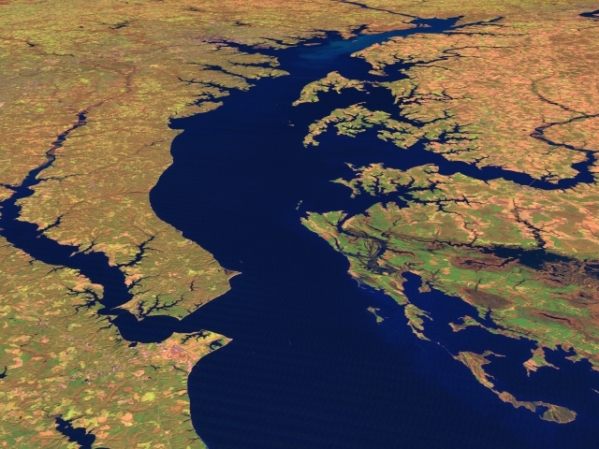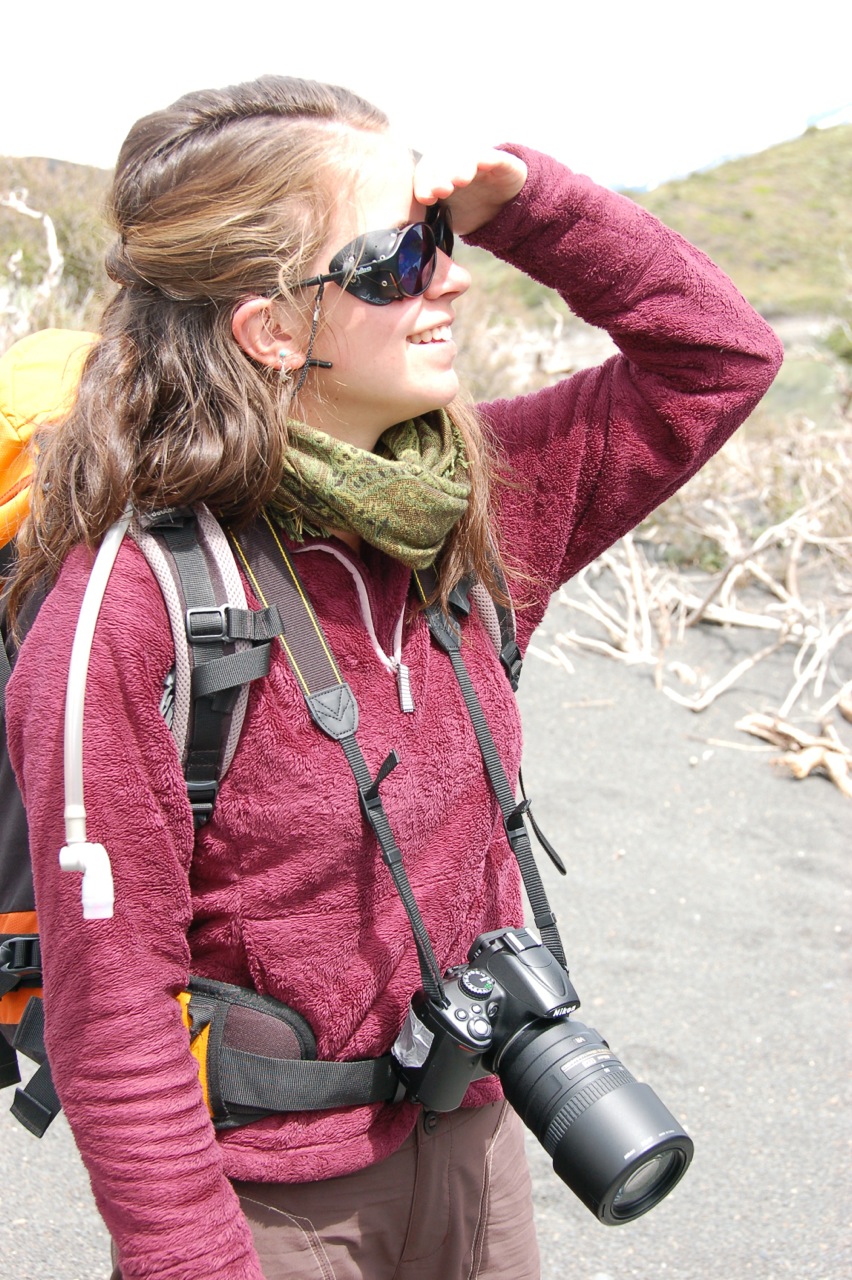ANTHROPOLOGY
Here’s some interesting archeological news: hunter-gathers built groups of “long-term dwellings” in the Middle East 10,000 years before farming. Science News reports that “mobile hunter-gatherers” living 20,000 years ago “hunkered down for months at a time in spots that featured rivers, lakes and plentiful game.”
Discoveries in and around hut remnants at a Stone Age site called Kharaneh IV include hearths, animal bones and caches of pierced seashells and other apparently ritual items.
Furthermore, archaeologist Lisa Maher:
“… expects evidence of additional four- to five-person huts will turn up at the site, which is about the size of four U.S. football fields.”
Since the first grinding stones did not appear until around 15,000 years ago, grains were not the reason these Paleolithic ancestors were able derive enough food from the nearby land to allowed them to stay put. I suspect, in addition to the plentiful game suggested by the researchers, improved hunting and fishing technology allowed these larger groupings to develop.
 Chesapeak Bay. Image: NASAWhile the dwellings described above were being built in the Middle East (give or take a few thousand years), other Paleolithic ancestors may have been making their way to North America. Not from Siberia, but from Iberia! Acccording to anthropologist Dennis Stanford, they settled in what is now Virginia. A hunting blade found near mastodon bones is among the evidence being uncovered. Brian Vastag, of The Washington Post National, writes:
Chesapeak Bay. Image: NASAWhile the dwellings described above were being built in the Middle East (give or take a few thousand years), other Paleolithic ancestors may have been making their way to North America. Not from Siberia, but from Iberia! Acccording to anthropologist Dennis Stanford, they settled in what is now Virginia. A hunting blade found near mastodon bones is among the evidence being uncovered. Brian Vastag, of The Washington Post National, writes:
A mastodon relic found near the mouth of the Chesapeake Bay turned out to be 22,000 years old, suggesting that the blade was just as ancient. Whoever fashioned that blade was not supposed to be here.
According to our current understanding, the first Paleo Americans arrived from Asia by crossing Beringia to reach Alaska. However, some archeologists and anthropologist suspect that:
… mysterious Stone Age European people known as the Solutreans paddled along an ice cap jutting into the North Atlantic. They lived like Inuits, harvesting seals and seabirds.
FITNESS
There is little argument that our Paleolithic ancestors were fitter than we are. Just imagine searching for food almost daily, maintaining a fire, porting water, and repairing your shelter. Actually, using modern hunter-gatheres as a guide, our Paleolithic ancestors did all this and still had more leisure time than we do. It was their lifestyle that kept them fit: natural exercise and rest, though certainly not on a fixed schedule.
Lance C. Dalleck, Ph.D., a specialist in cardiac rehabilitation at the University of Auckland in New Zealand, calls it their “‘activity pattern’” way of life”. In A Paleolihic Program for the 21st Century, he recommends replicating their “activity pattern” as a means of avoiding disease:
Some have suggested that replicating the activity patterns of indigenous humans—to the extent that this is possible and practically achievable in today’s society—could be an effective way to reduce the incidence of these diseases. This article examines this premise and offers practical recommendations for exercise frequency, intensity, duration and mode for realigning our daily physical activities with the classic levels expected within our unchanged Paleolithic genome.
Dalleck breaks down the hunter-gatherer’s fitness “activity pattern” into four aspects: Daily Physical Activity, Primitive Resistance Training, Interval Training, and Comprehensive Periodization. He also list modern activities that can be used to meet these goals.
If you are pursuing natural fitness in the natural world, consider the work of the leading Paleolithic movement specialist, Erwan Le Corre of MovNat. Le Corre breaks down “evolutionary fitness” into three physical activities: locomotive skills, manipulative skills, and combative skills. In The Evolutionary Foundation of Naturalness, Le Corre describes his approach and also provides a great graphic on the activities used to develop these skills.
While Le Corre’s approach is usually performed in the natural environment, Mark Sisson's plan may be done with limited equipment at a nearby park or at home. The program focuses on 5 movements:
Humans have been squatting, horizontal pressing, vertical pressing, climbing, and using their torsos to resist pushing and pulling forces for millions of years.
(We, Homo sapiens spapiens, are about 200,000 years old.)
These authors are not keen on what happens in a gym. However, I find that one can perform many of these physical activities, or their rough equivalents, in a regular gym. In the winter, while some brave frigid weather to exercise outdoors, I take to the gym, wear FiveFingers, and do a combination of “natural” and traditional exercises.
OK. You’ve done your fitness activities and are developing an “activity pattern” lifestyle. Now, it’s time to cook. An Internet search will lead you to many of the Paleo cookbooks now available, or, you can try the Paleo recipes below.
PALEO RECIPES
 Friday, August 31, 2012 at 06:36PM
Friday, August 31, 2012 at 06:36PM  Image: CyberMed, LLC
Image: CyberMed, LLC Mark Sisson,
Mark Sisson,  adventure,
adventure,  discovery in
discovery in  Rejuvenation
Rejuvenation 

